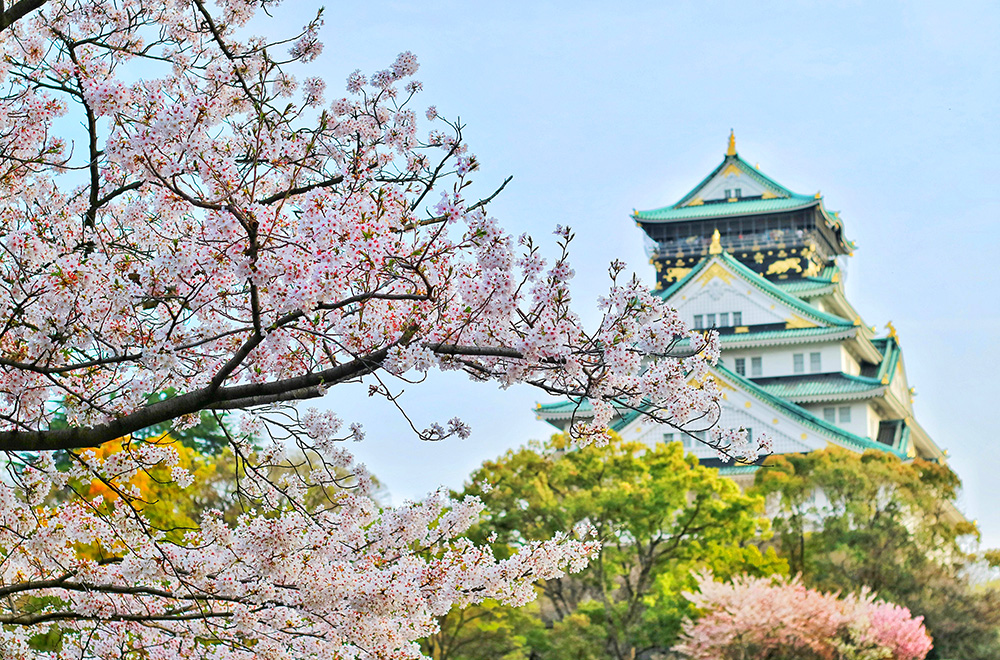
Japan is a nation of contrasts, where modernity meets tradition and natural beauty blends with urban sophistication. Each of Japan’s eight regions offers unique experiences, making it a diverse destination for travelers. Whether you’re interested in exploring Japan’s bustling cities, serene countryside, or breathtaking landscapes, understanding the distinctive features of each region can help you plan the perfect trip. This comprehensive guide provides an overview of Japan’s eight regions, highlighting their key attractions and what makes each one special.
1. Hokkaido: Japan’s Northern Paradise
Hokkaido, Japan’s northernmost island, is renowned for its stunning natural landscapes and outdoor adventures. This region is ideal for nature enthusiasts, with its expansive national parks, volcanic mountains, and renowned ski resorts.
Capital: Sapporo
Highlights: Sapporo Snow Festival, Furano Lavender Fields, Shiretoko National Park, and fresh seafood like crab and salmon.
Hokkaido’s cooler climate offers a refreshing escape from Japan’s warmer regions, making it a popular destination year-round. From winter sports to summer flower festivals, Hokkaido provides a wide range of activities for every season.
2. Tohoku: Japan’s Hidden Gem
The Tohoku region, located in the northeastern part of Honshu, is known for its unspoiled natural beauty and rich cultural heritage. Often overlooked by tourists, Tohoku offers a peaceful retreat and authentic Japanese experiences.
Capital: Sendai
Highlights: Hirosaki Castle, Matsushima Bay, Aomori Nebuta Festival, and Nyuto Onsen hot springs.
Tohoku’s dramatic landscapes include rugged coastlines and serene lakes. The region’s festivals and historic sites offer a glimpse into Japan’s traditional culture and natural wonders.
3. Kanto: The Vibrant Hub of Modern Japan
Kanto is home to Tokyo, Japan’s bustling capital and a global metropolis. This region epitomizes modern Japan with its skyscrapers, entertainment hubs, and cultural landmarks. Yet, Kanto also features historic sites and natural attractions.
Capital: Tokyo
Highlights: Tokyo Tower, Sensō-ji Temple, Mount Takao, and the historical city of Kamakura.
Kanto’s mix of high-tech urban life and traditional attractions makes it a dynamic destination. From Tokyo’s neon-lit streets to Kamakura’s ancient temples, Kanto offers diverse experiences for visitors.
4. Chubu: The Heart of Japan
Located in central Honshu, Chubu is known for its diverse geography, including Japan’s tallest peak, Mount Fuji. This region features a blend of mountainous terrain, scenic coastlines, and cultural treasures.
Capital: Nagoya
Highlights: Mount Fuji, the Japanese Alps, Shirakawa-go historic villages, and Gero Onsen hot springs.
Chubu’s natural beauty and historical sites make it a versatile destination. Whether you’re skiing in the Alps or exploring traditional villages, Chubu offers a wealth of experiences.
5. Kansai: The Cultural Epicenter
Kansai is celebrated for its rich cultural heritage and vibrant cities. Home to Kyoto, the ancient capital of Japan, and Osaka, known for its culinary scene, Kansai is a treasure trove of historical and cultural attractions.
Major Cities: Osaka, Kyoto, Kobe, Nara
Highlights: Kyoto’s temples and gardens, Osaka’s street food, Nara’s deer park, and Kobe’s famous beef.
Kansai’s blend of historical landmarks and modern attractions provides a comprehensive view of Japan’s cultural evolution. The region’s warm hospitality and diverse culinary offerings enhance its appeal.
6. Chugoku: A Region of History and Serenity
In the western part of Honshu, Chugoku is known for its historical significance and tranquil landscapes. The region features Hiroshima, famous for its Peace Memorial Park, and the scenic island of Miyajima.
Capital: Hiroshima
Highlights: Hiroshima Peace Memorial Park, Itsukushima Shrine, Tottori Sand Dunes, and Kurashiki’s historic canal area.
Chugoku’s historical sites and natural beauty offer a reflective experience. The region’s landscapes range from coastal vistas to serene rural settings.
7. Shikoku: The Island of Pilgrimages and Scenic Beauty
Shikoku, Japan’s smallest main island, is renowned for its spiritual significance and picturesque landscapes. The island is famous for the 88-temple pilgrimage route and its natural beauty.
Major Cities: Matsuyama, Takamatsu, Kochi
Highlights: Dogo Onsen, Ritsurin Garden, Iya Valley, and the Shimanami Kaido cycling route.
Shikoku’s combination of spiritual sites and natural wonders makes it an ideal destination for those seeking peace and connection with nature.
8. Kyushu: A Land of Volcanoes and Hot Springs
Kyushu, the southernmost of Japan’s main islands, is known for its volcanic landscapes and hot springs. The region offers a mix of historical sites, natural beauty, and unique cultural experiences.
Major Cities: Fukuoka, Nagasaki, Kagoshima
Highlights: Beppu’s hot springs, Nagasaki’s Glover Garden, Mount Aso, and the subtropical islands of Okinawa.
Kyushu’s diverse attractions include volcanic craters, historical cities, and relaxing hot springs, making it a destination with something for everyone.
Conclusion: Embrace the Diversity of Japan’s Regions
Japan’s eight regions each offer distinct experiences, from the snowy peaks of Hokkaido to the volcanic landscapes of Kyushu. Exploring these regions provides a comprehensive understanding of Japan’s natural beauty, cultural richness, and modern advancements. Whether you’re planning a trip to the bustling streets of Tokyo or the serene countryside of Shikoku, Japan’s regional diversity ensures a memorable and enriching travel experience.
For more information and travel tips on Japan’s regions, visit our blog and start planning your adventure through the Land of the Rising Sun at Akiya Heaven.
And if you’re ready to acquire your dream home in Japan, reach out to us at contact@akiyaheaven.jp.
